The Royal Palace and Gardens of Ajuda
After the earthquake of 1755, the Royal Palace was moved from Praça do Comércio to more stable ground. The neoclassical Palácio da Ajuda would be the occasional home of Portugal’s royalty until the end of the monarchy. We visited the palace, and also the neighboring botanic gardens.
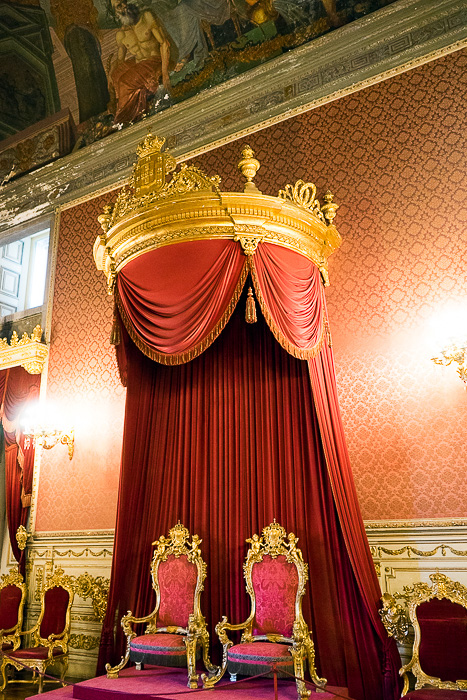
Although he and his family escaped its wrath unscathed, King José I was traumatized by the earthquake which had destroyed his palace. Not only did he order his new quarters rebuilt in Belém, a town which had been untouched by the tremors, but he demanded they be made of wood. After having seen so many stone structures crumble around him, he could no longer bring himself to sleep inside one.
Once the king had died, the court did away with his wooden pavilion, and set to work on a more permanent royal residence. The resulting Palácio Nacional de Ajuda is remarkable, mostly for its immense size. In fact, given the turbulent state of Portuguese politics at the time, the architects bit off a lot more than they could chew. Napoleon invaded, the royal family fled to Brazil, the Miguelite War broke out, and eventually the monarchy was abolished. The palace, in the meantime, had never been fully completed. Actually, it still isn’t.
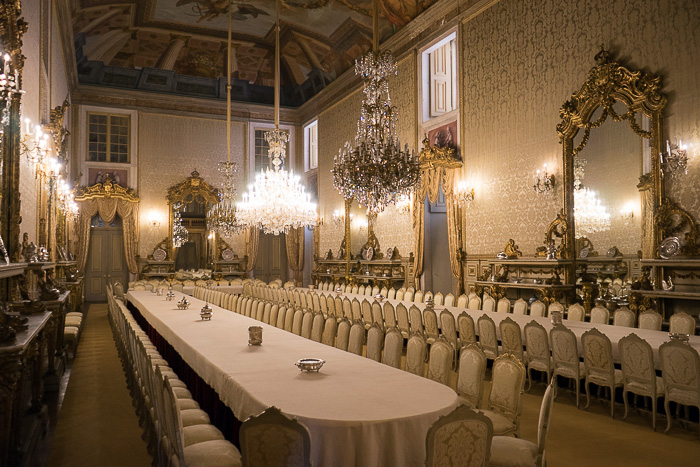
But its incomplete state barely detracts from its opulence. The palace is laid out in a series of chambers: the Reception, the Antechamber, the King’s Bedroom, the Billiard Room, the Queen’s Quarters and so on. There are well over two dozen such quarters, all of them richly appointed with their original tapestries and furniture. Because this palace was in use not too long ago, almost everything has survived intact. Every room was stunning, but the highlights came at the end, where the tour concludes with the Throne Room, Banquet Hall and Ballroom.
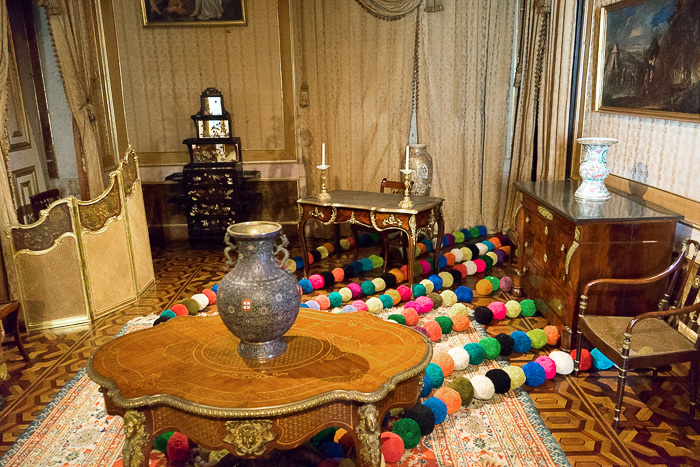
There was one problem with our visit, and it was annoying enough to nearly ruin the entire experience. The palace had allowed a contemporary artist to install her works in each of the rooms. These were glaring, neon-colored, noisy multimedia pieces, which completely overshadowed the palace itself. It was hard to appreciate the baroque beauty of the Queen’s Bedroom, for example, with loudspeakers blaring out weird Aymaran chanting, or a floating heart on a pedestal in the middle of the room. Even if the art had been good (and it wasn’t), a royal palace was simply not the right venue for it. (Happily, this exhibit is temporary, and with any luck, they won’t replace it with another.)
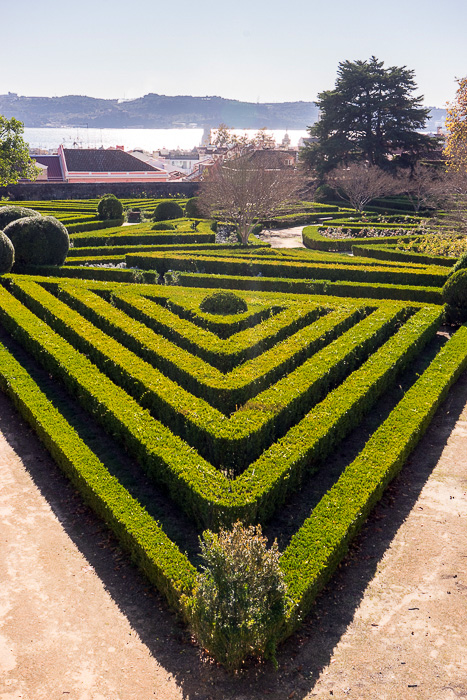
By the time we left the palace, we were fairly annoyed. But it was a gorgeous day, and our next destination was one of utmost tranquility. The Jardim Botânico da Ajuda was commissioned by King José I as a place to educate his children about nature, and in which to keep the exotic plants and trees which were arriving from around the world. With a maze-like shrub garden on the lower platform, greenhouses, a checkerboard collection of trees and plants on the upper terrace, and excellent views over the river, this is a wonderful place to relax, and shake off any contemporary-art-related stress you might be feeling.
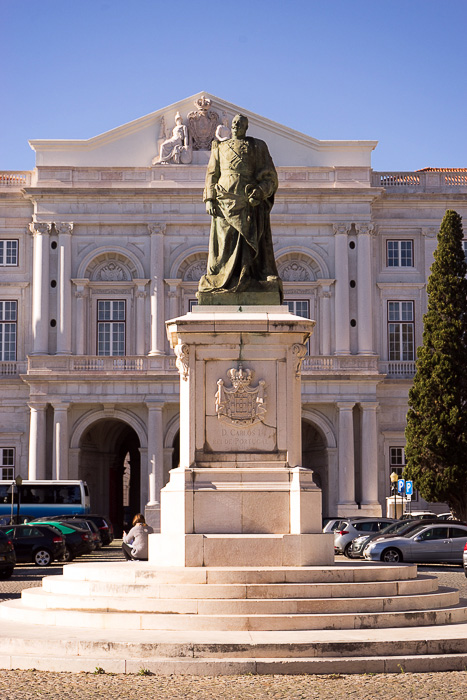
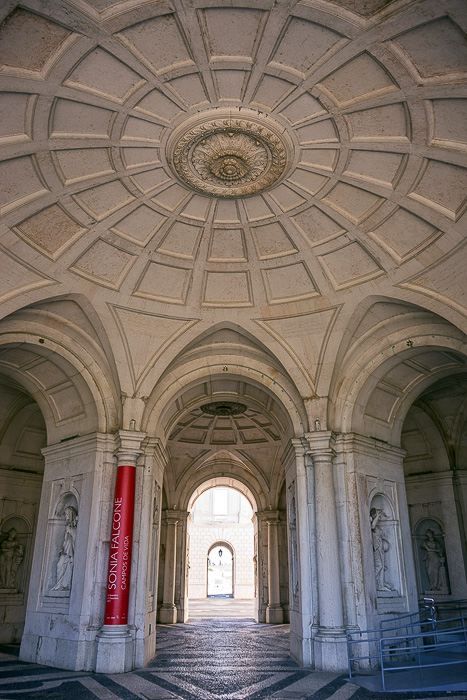
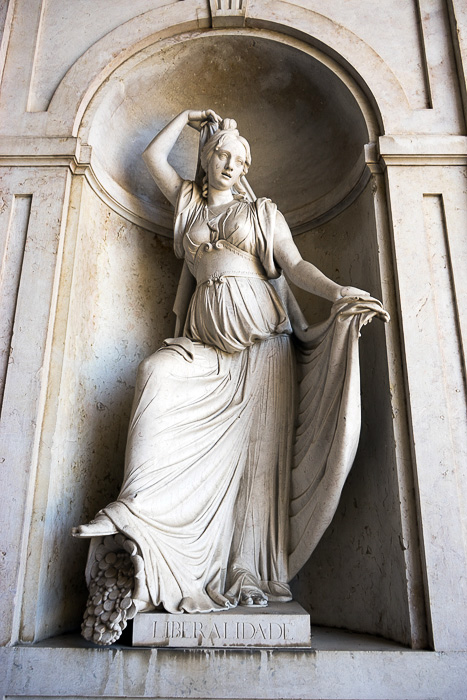
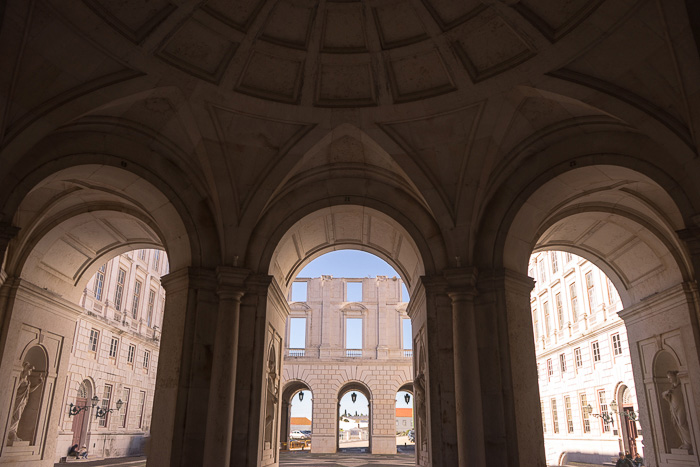
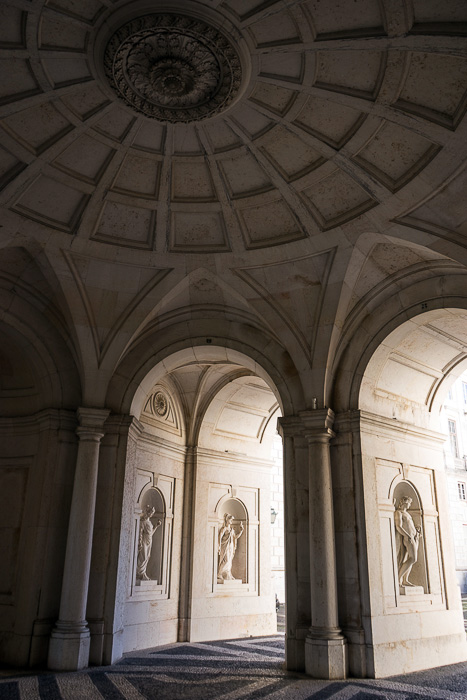
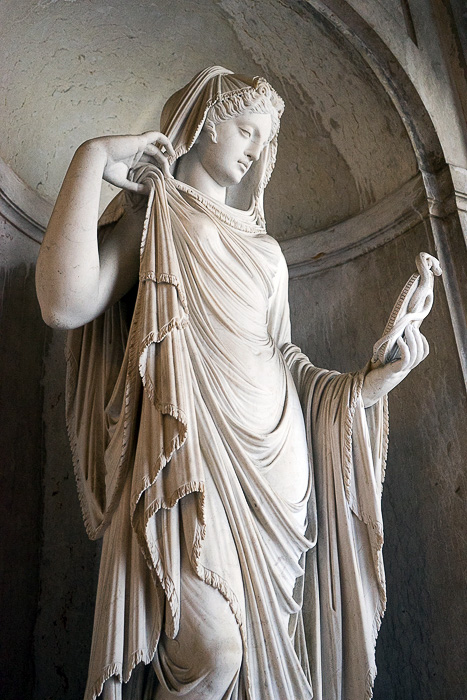
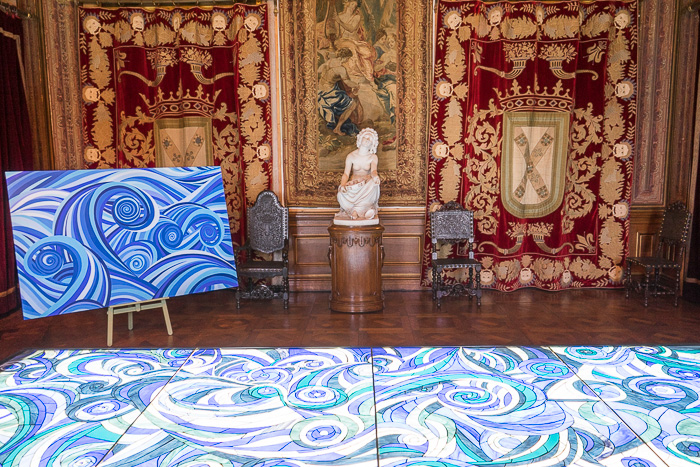
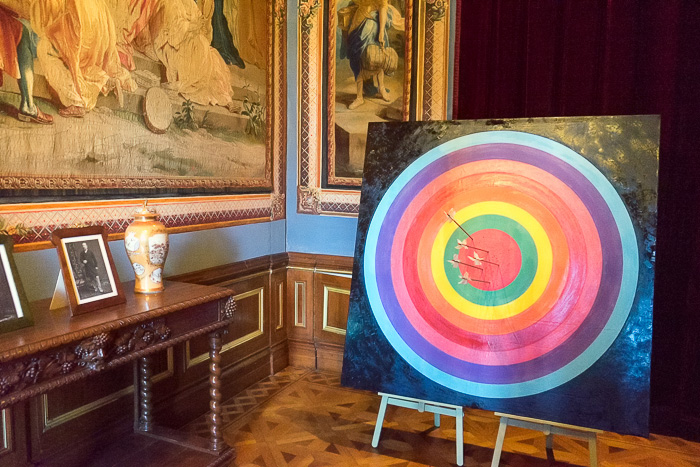
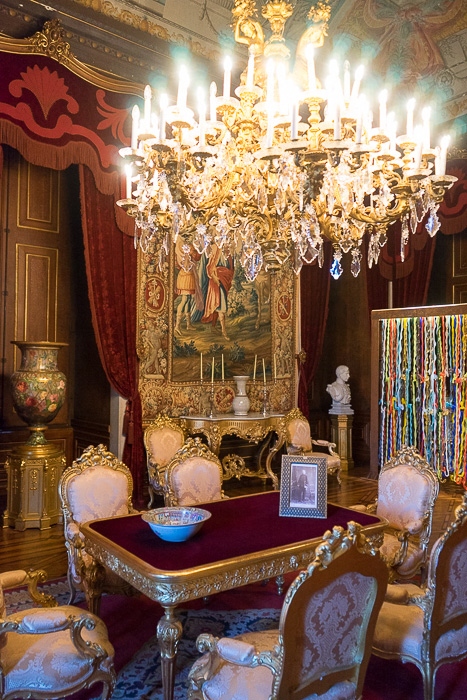
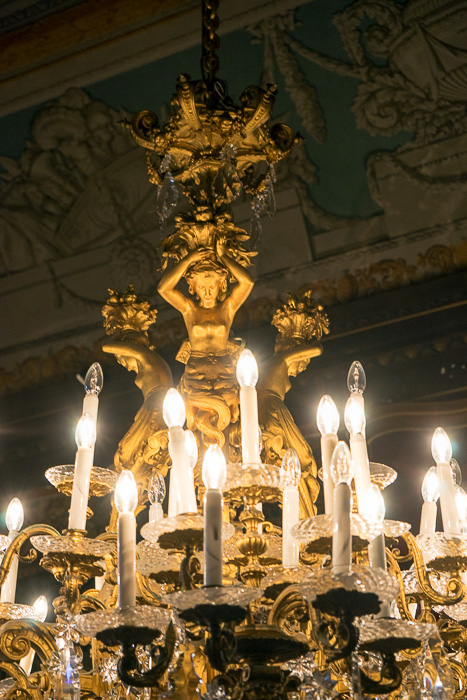

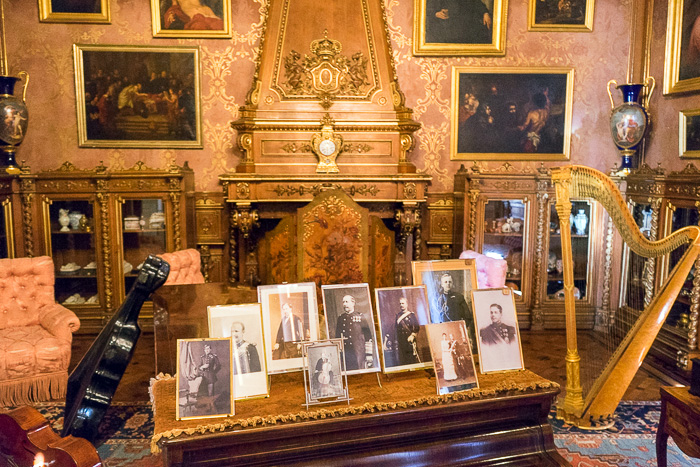
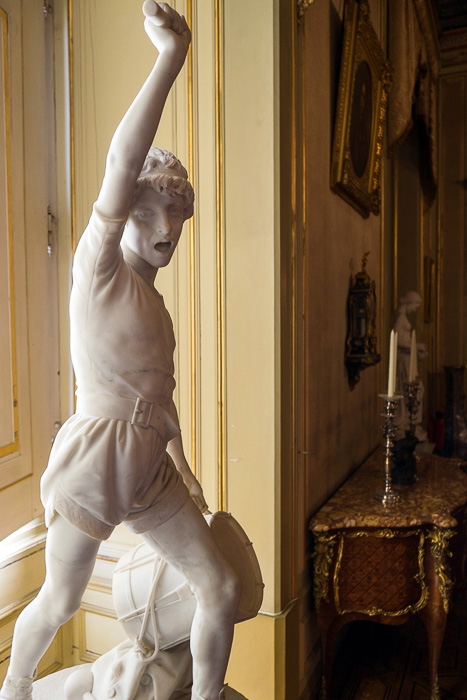
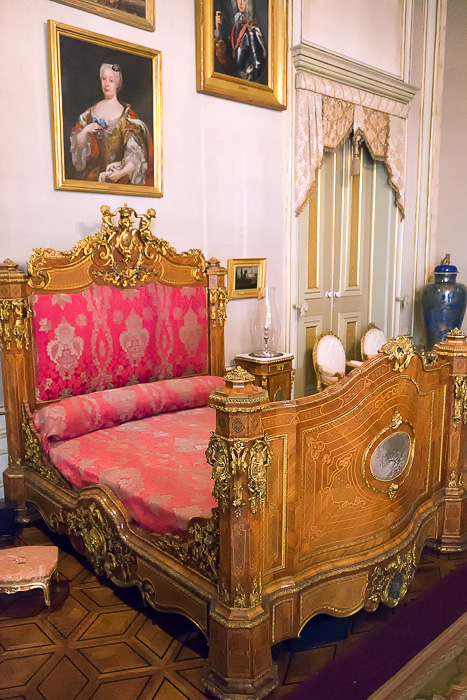
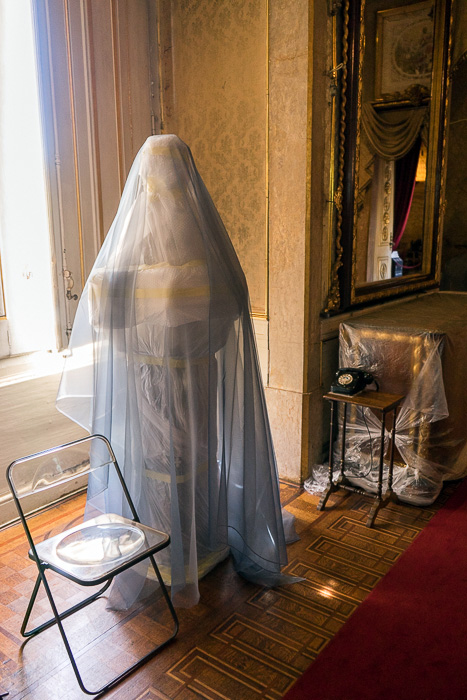
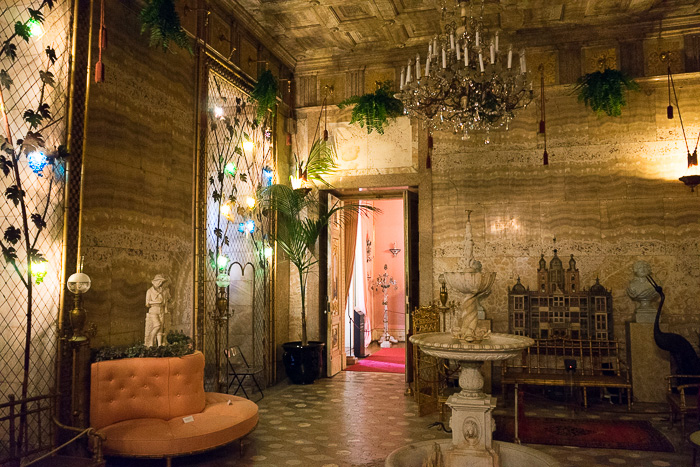
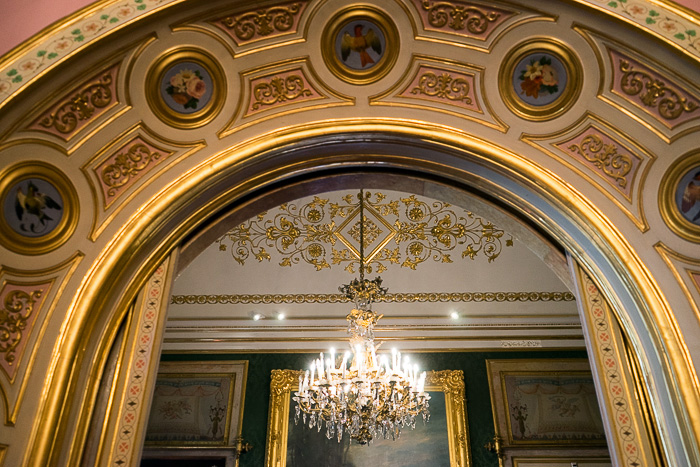
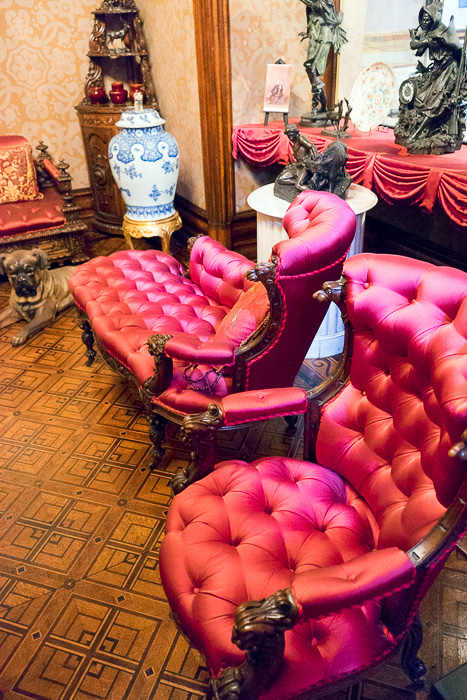
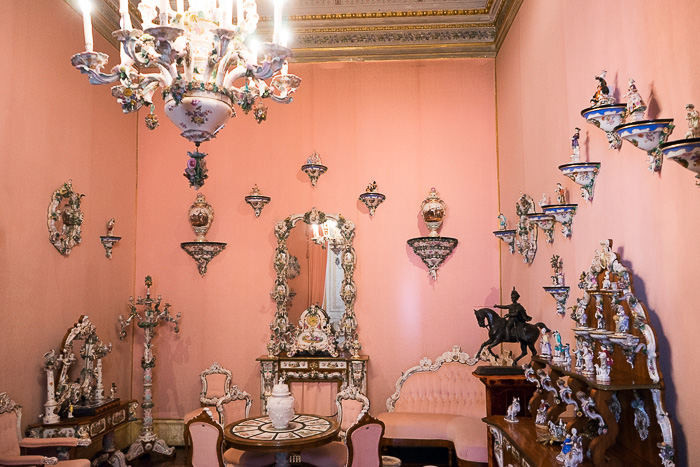
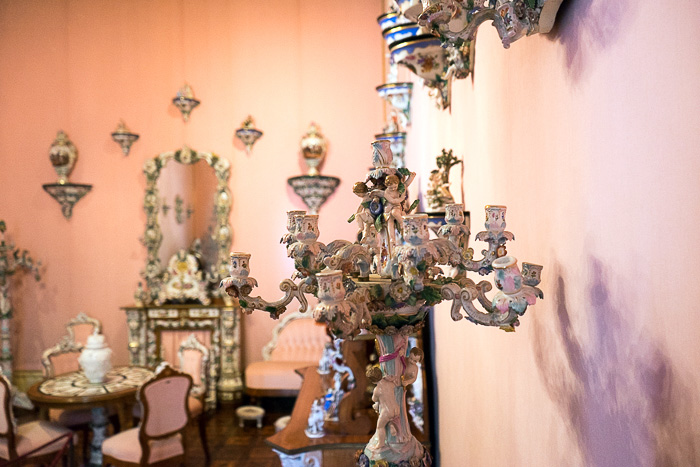
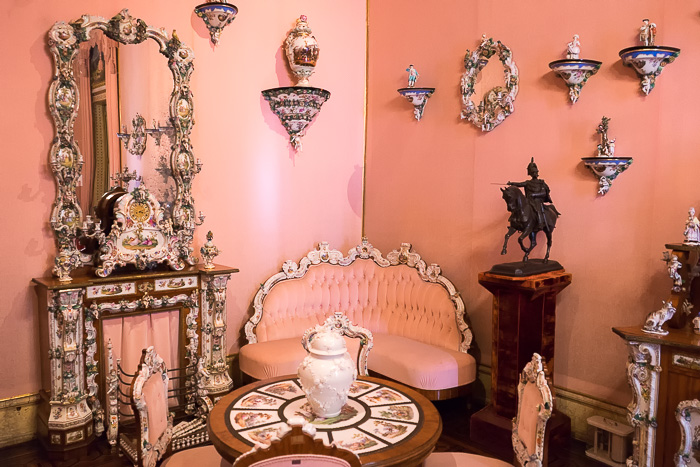
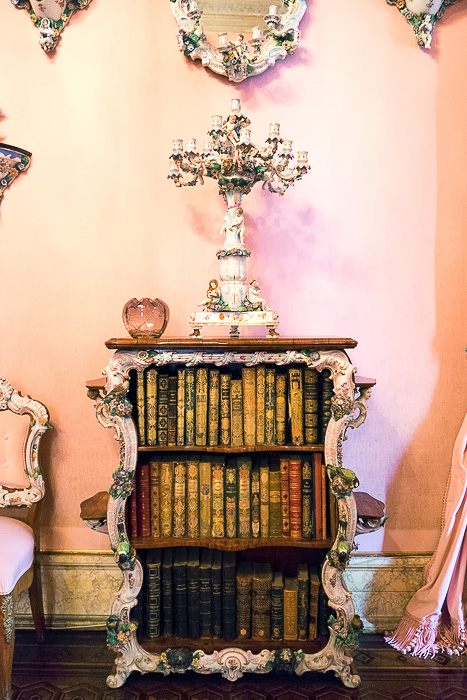

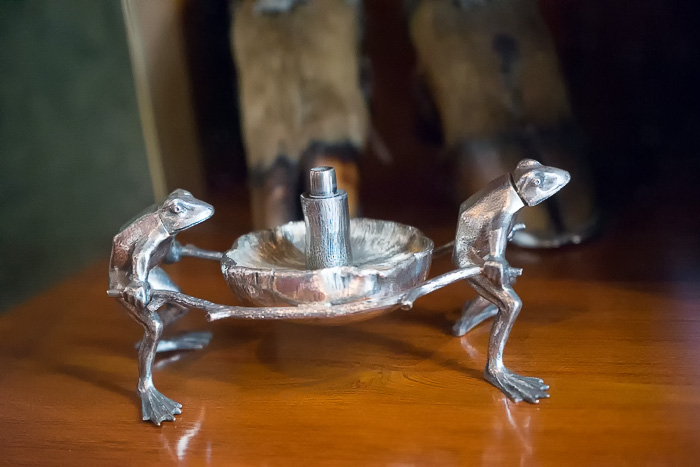
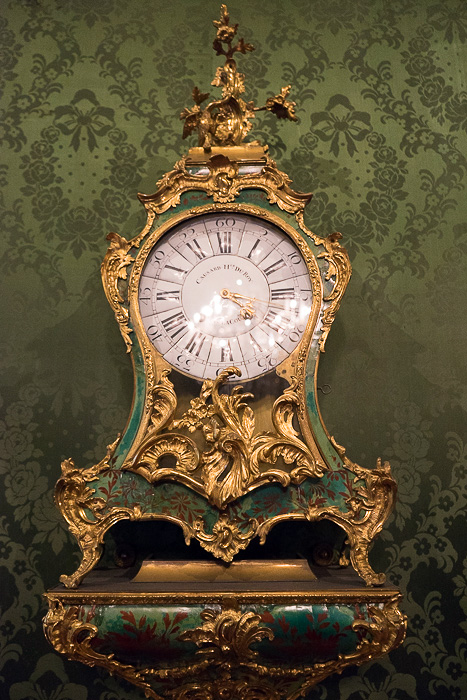
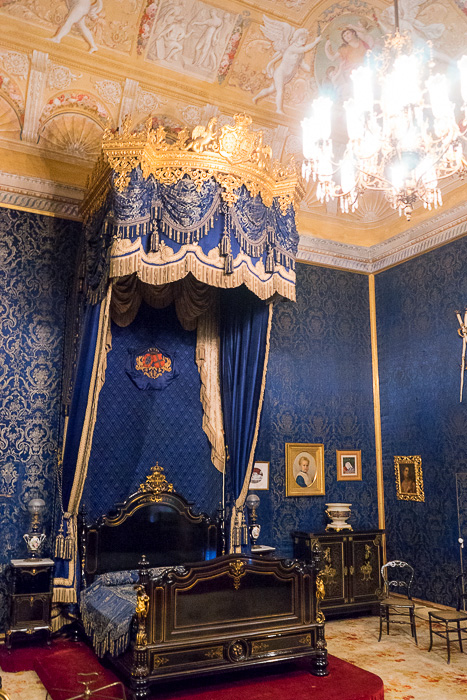
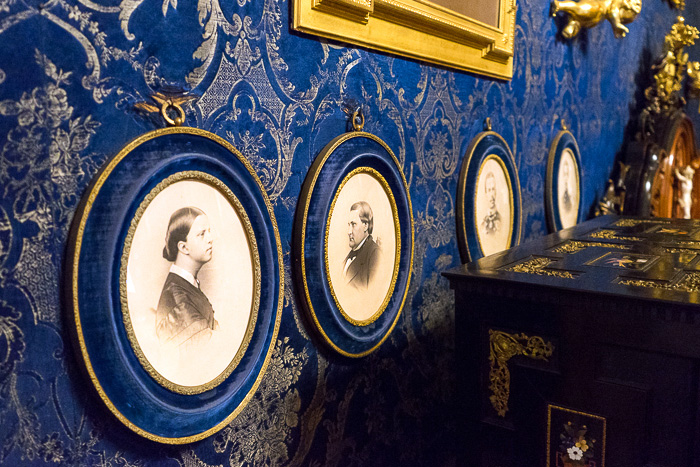
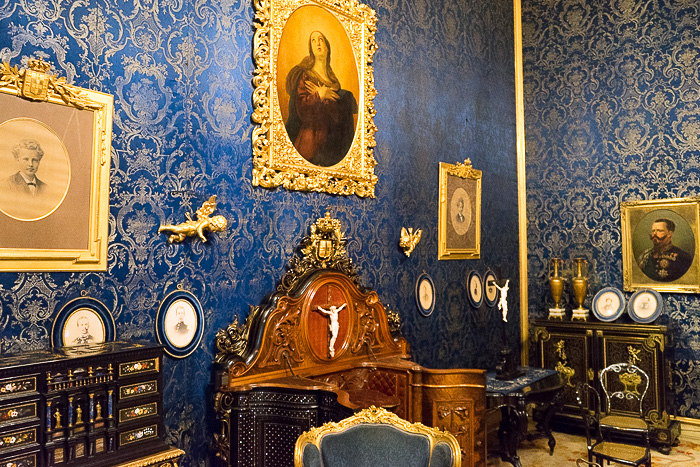
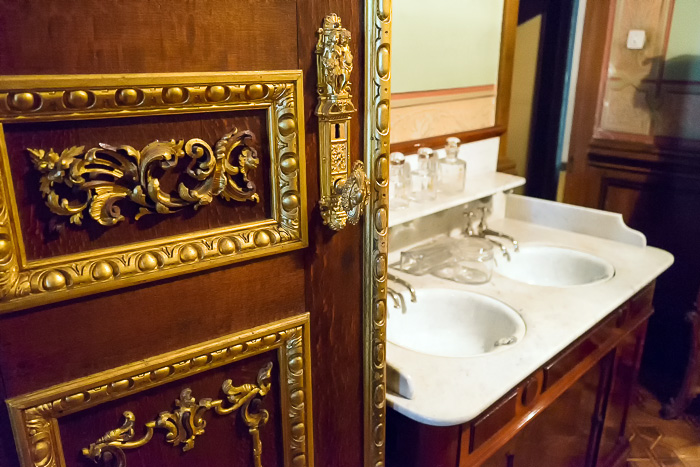
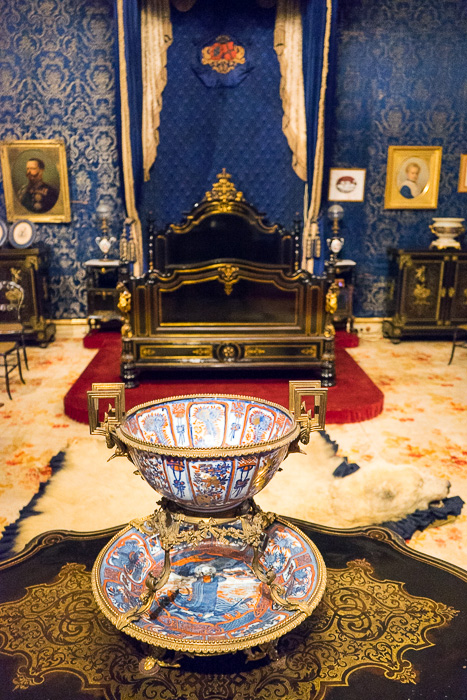
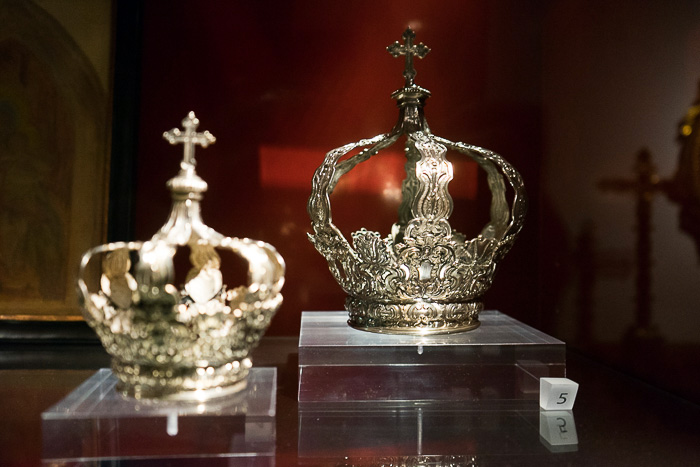
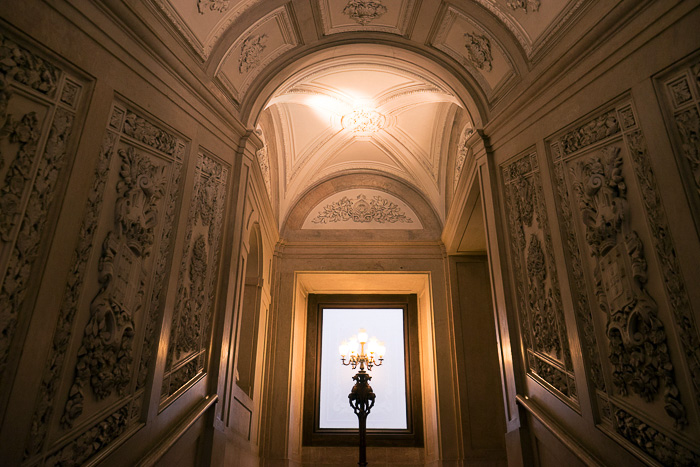

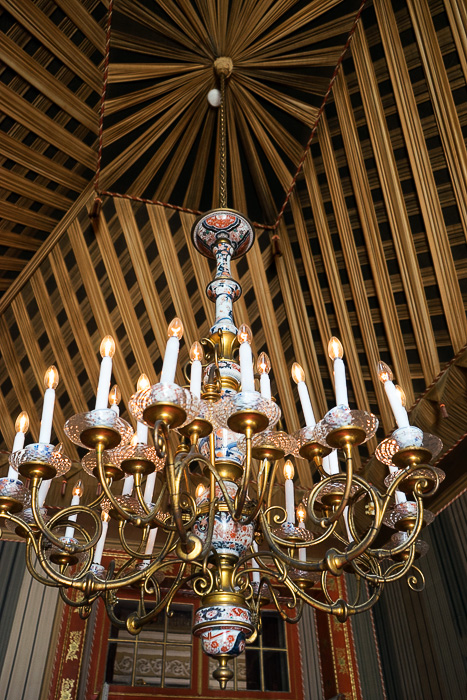

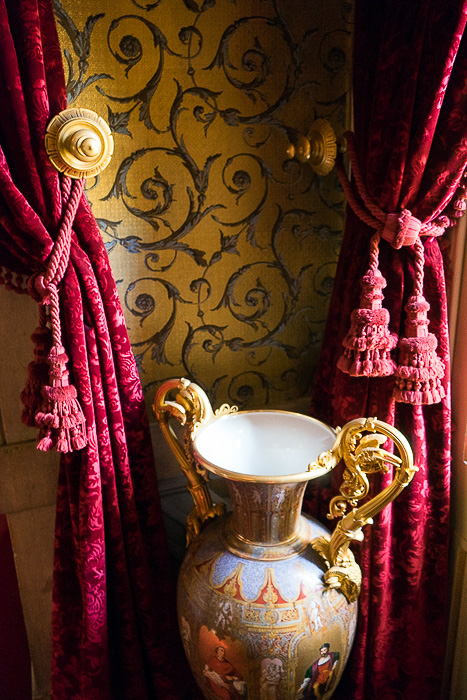
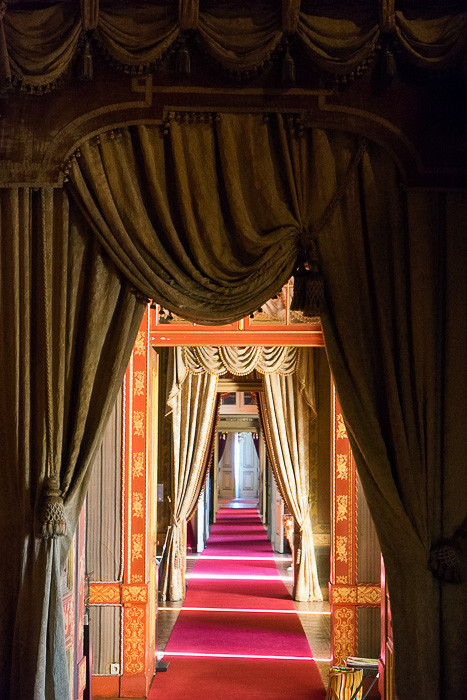
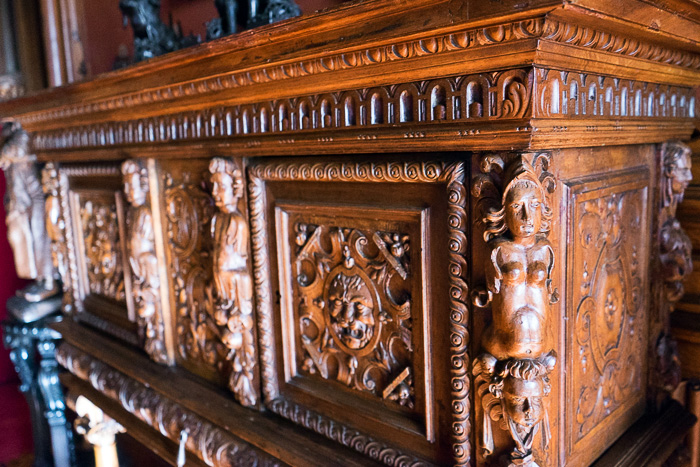
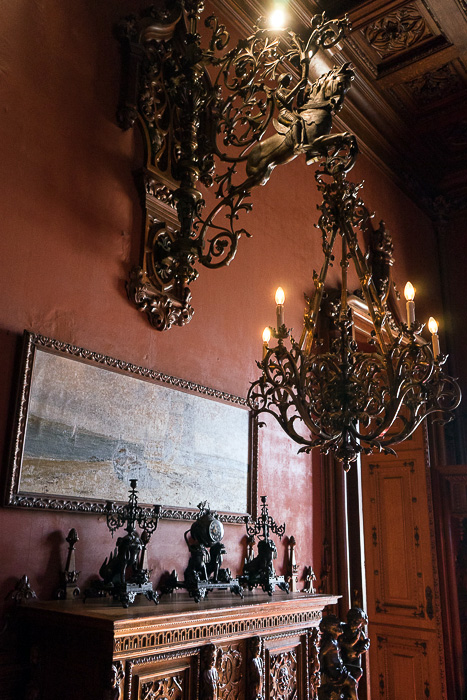
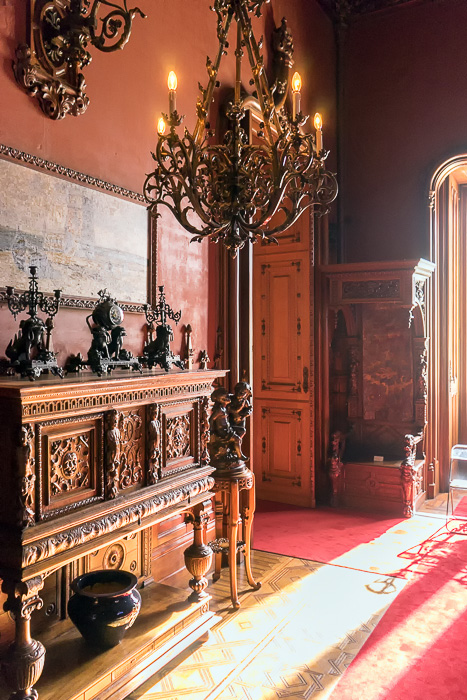
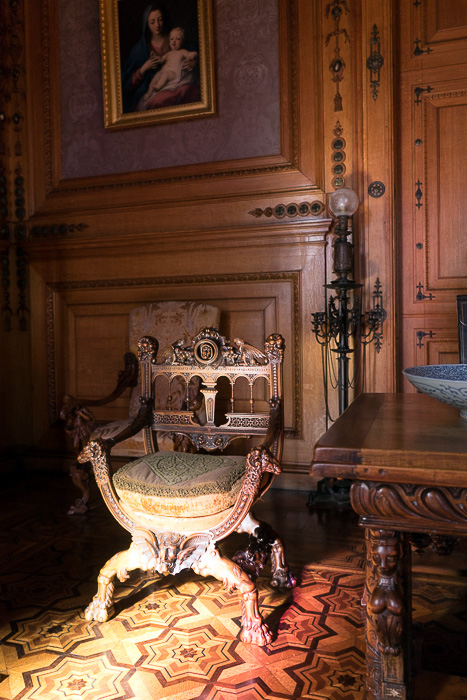

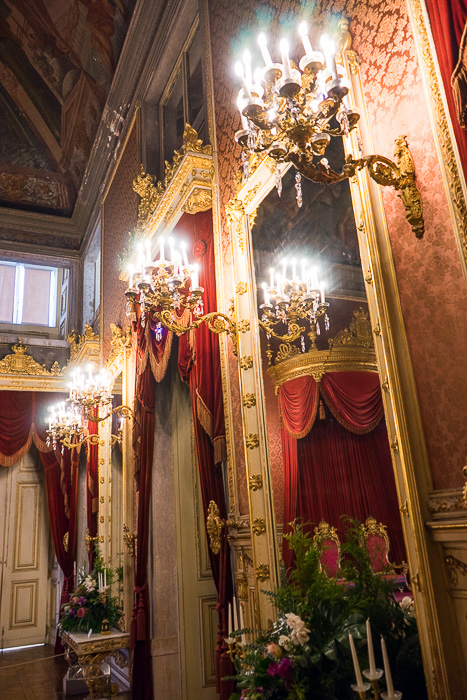
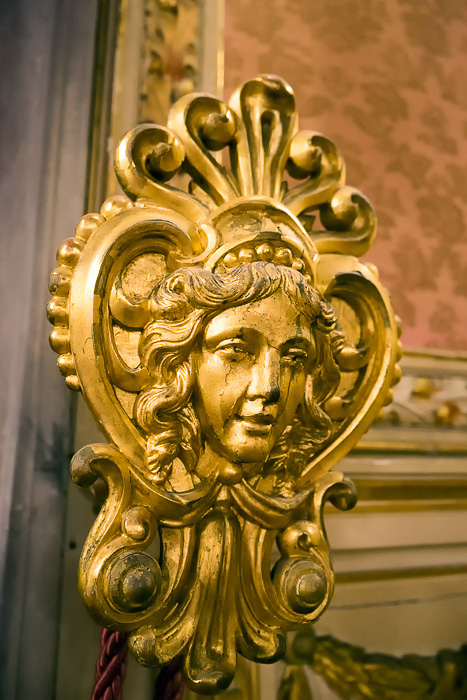
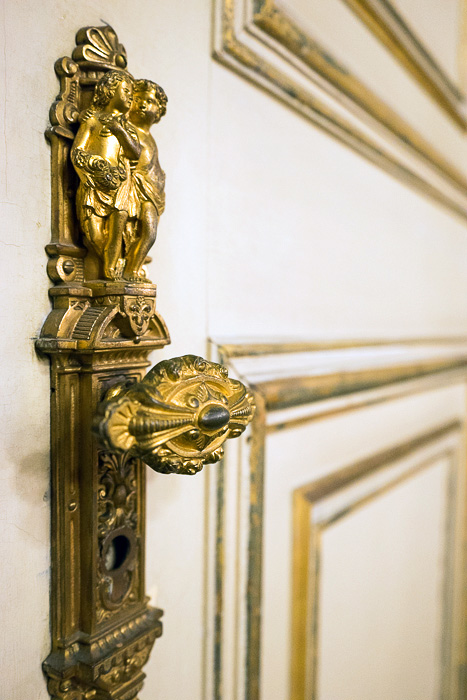
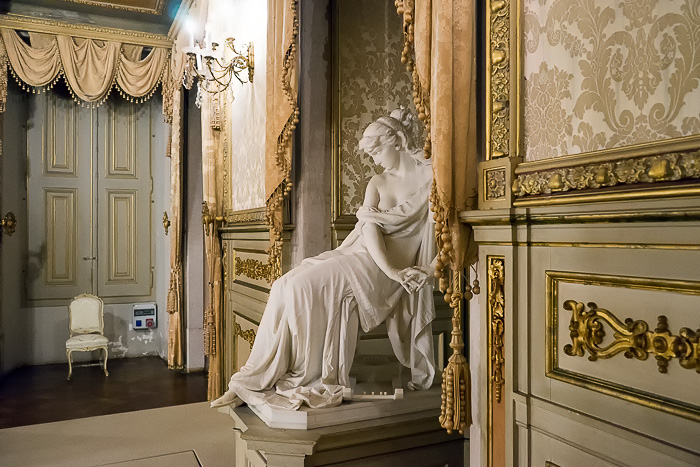
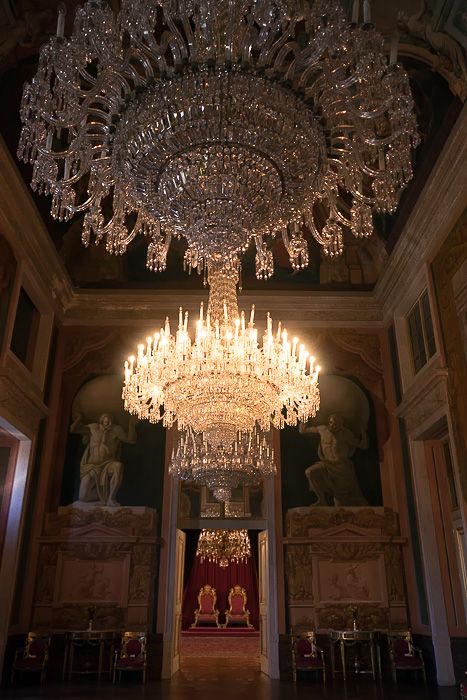
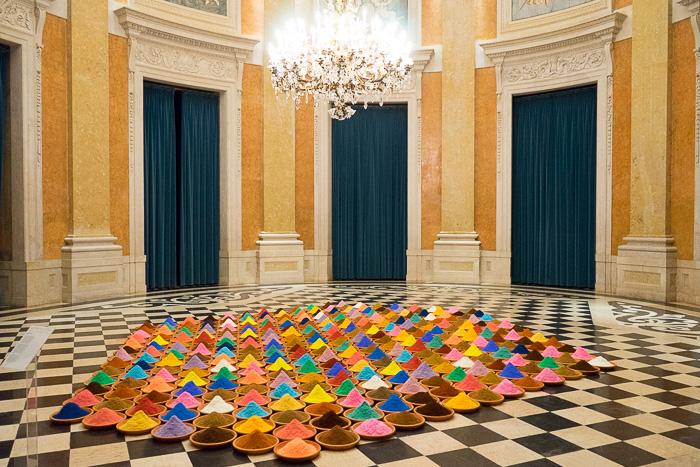

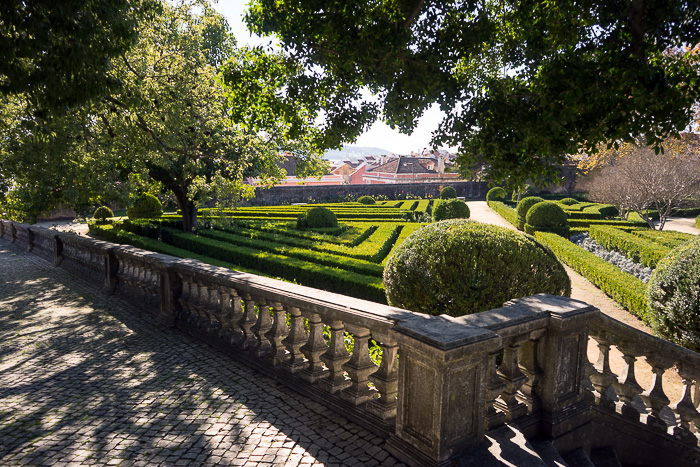

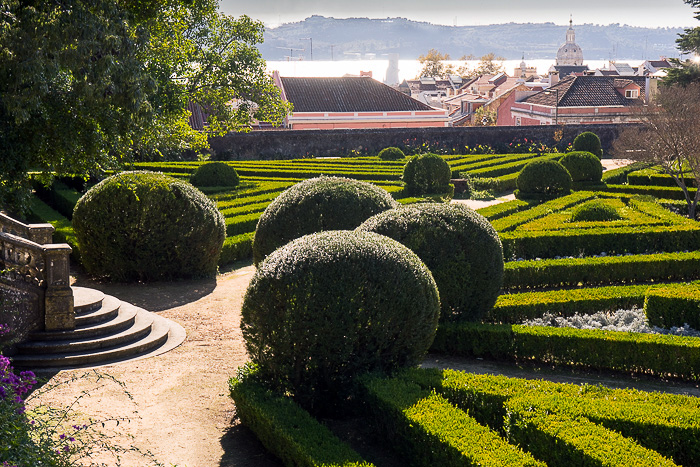
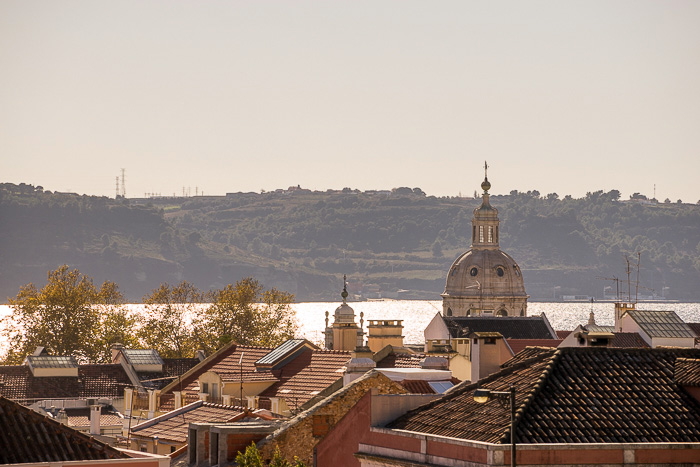
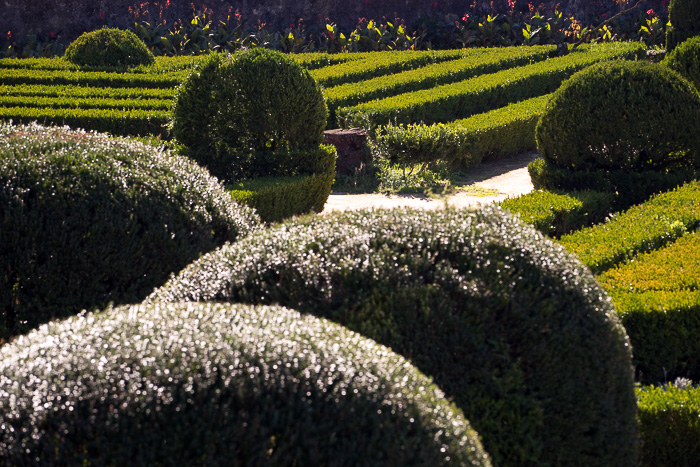
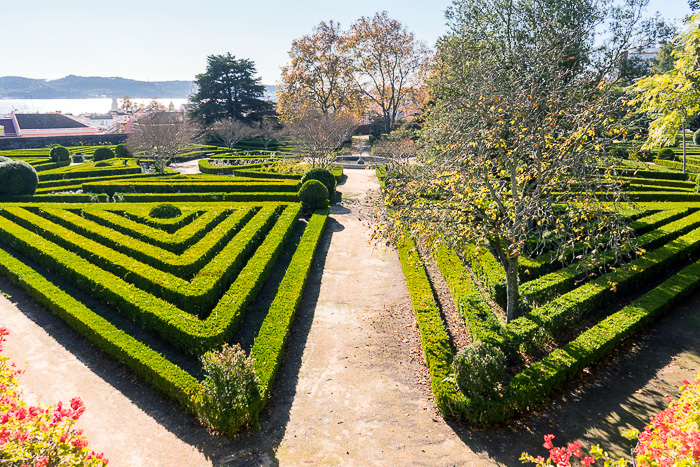
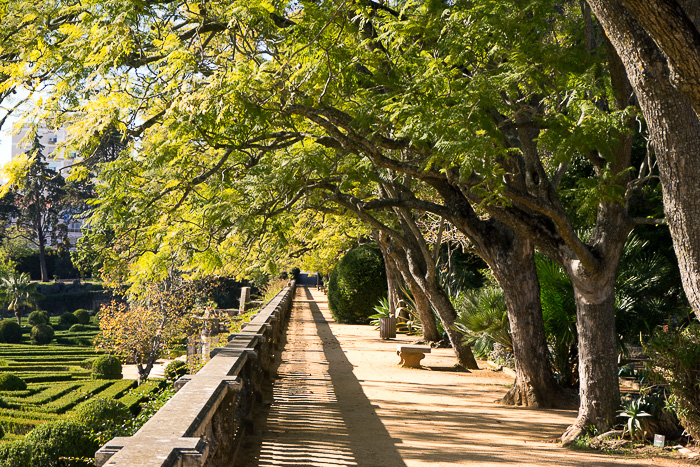
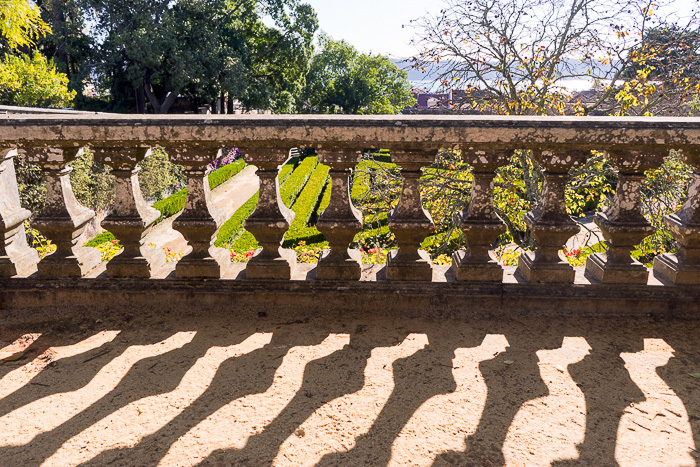
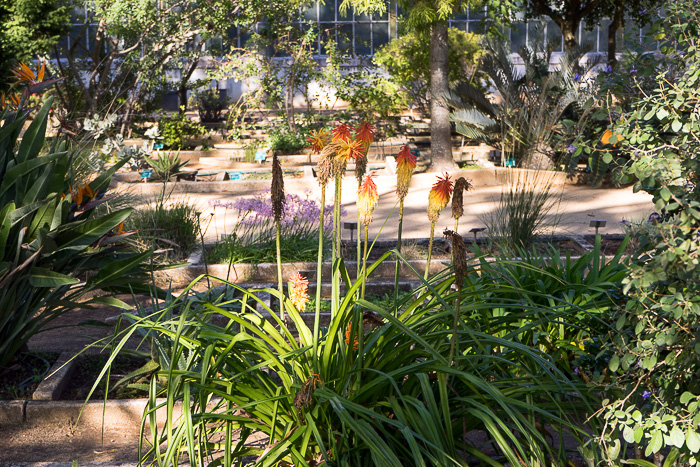
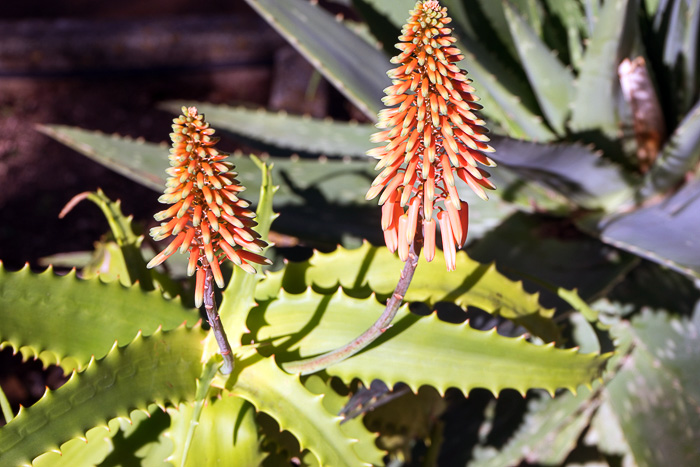
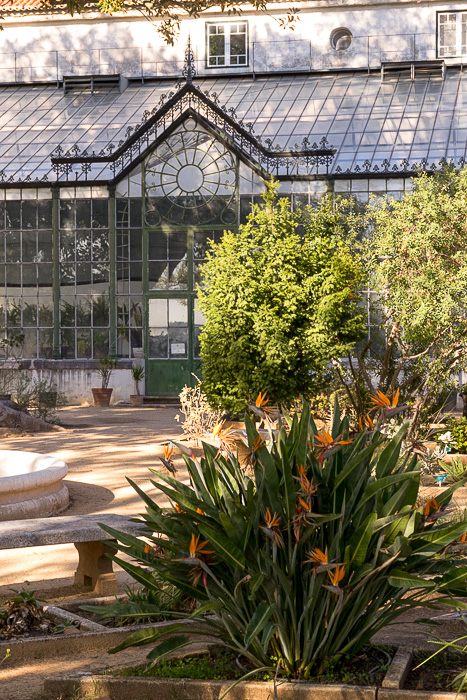
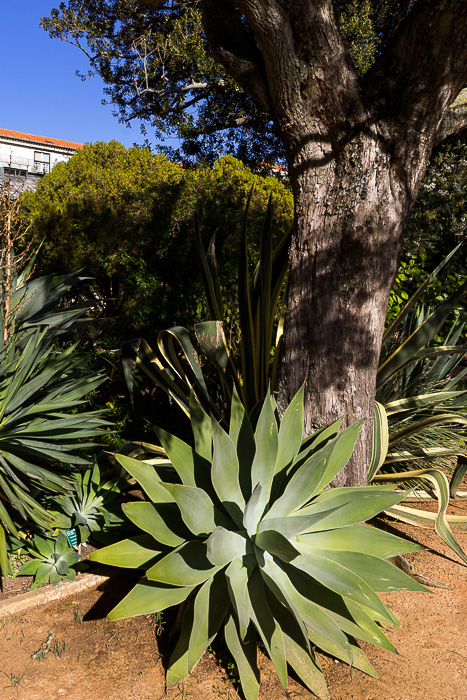
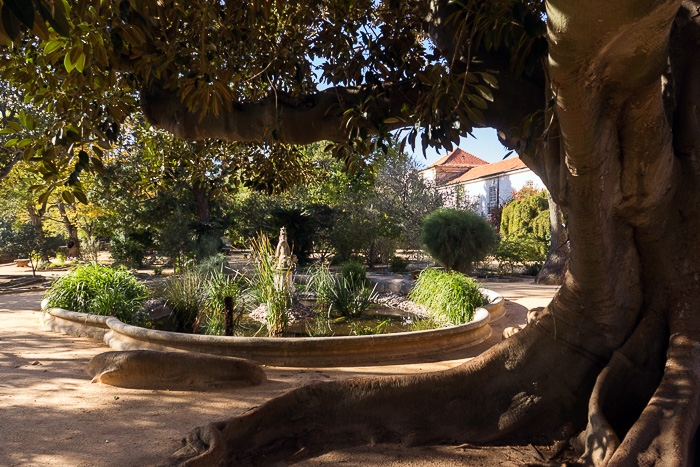
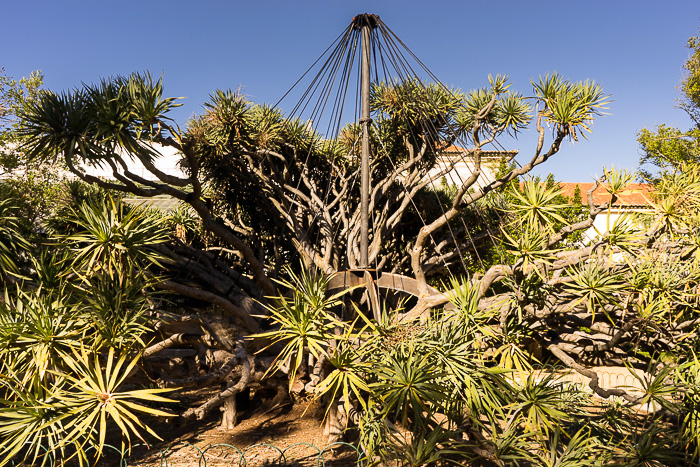

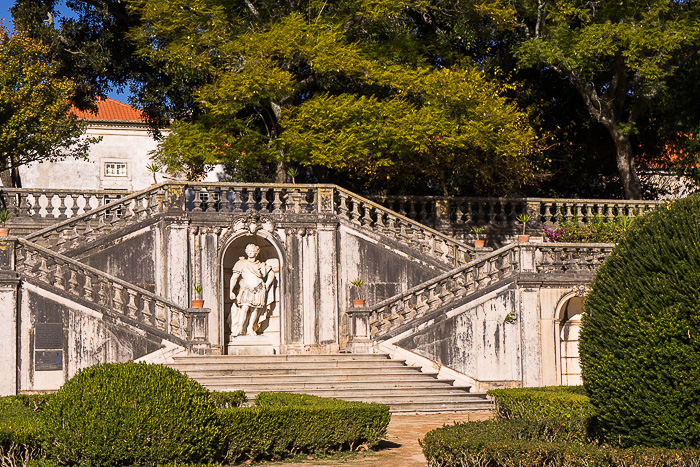
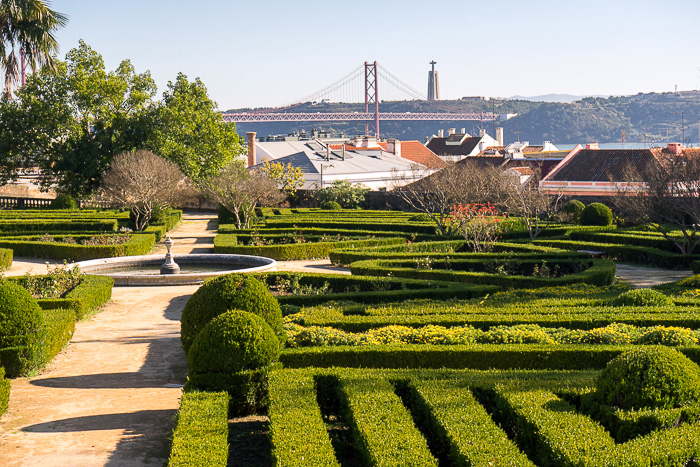
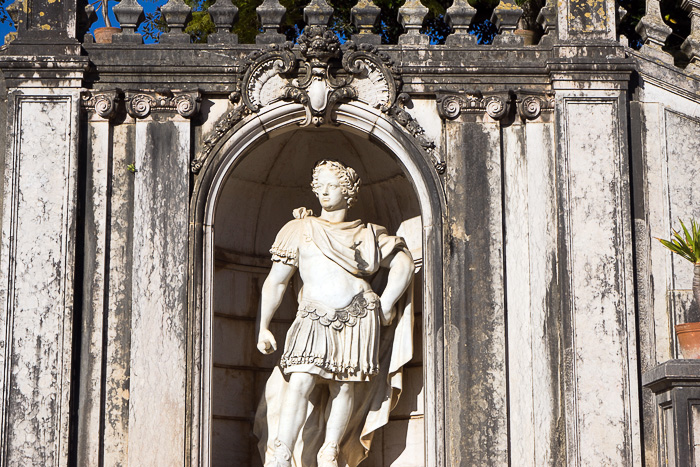
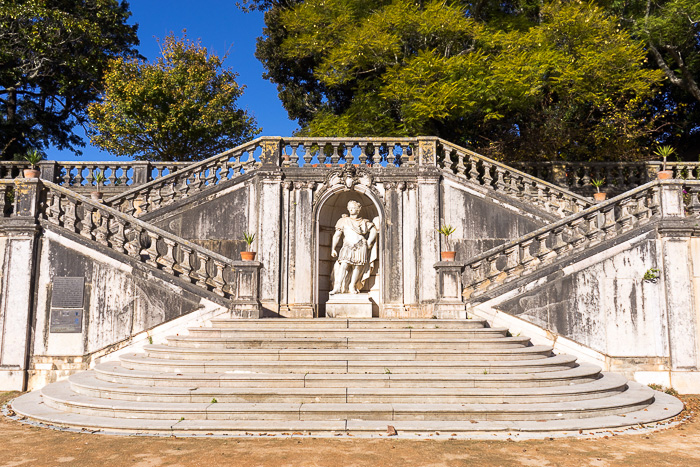

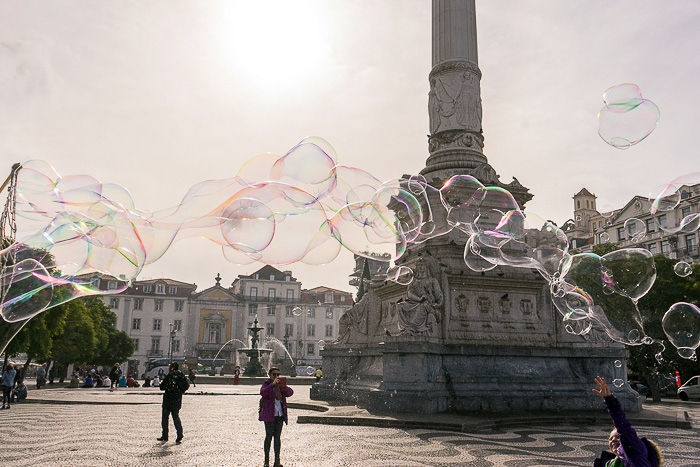

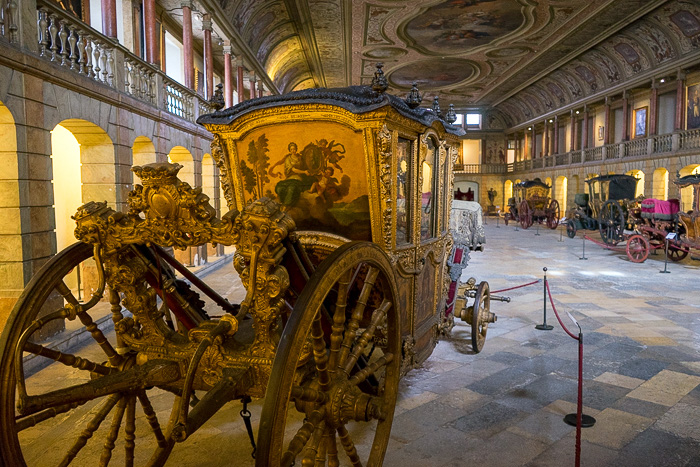

Hi there, is the statue of the sitting lady in the Ajuda palace, that of Sappho?
Thank you!